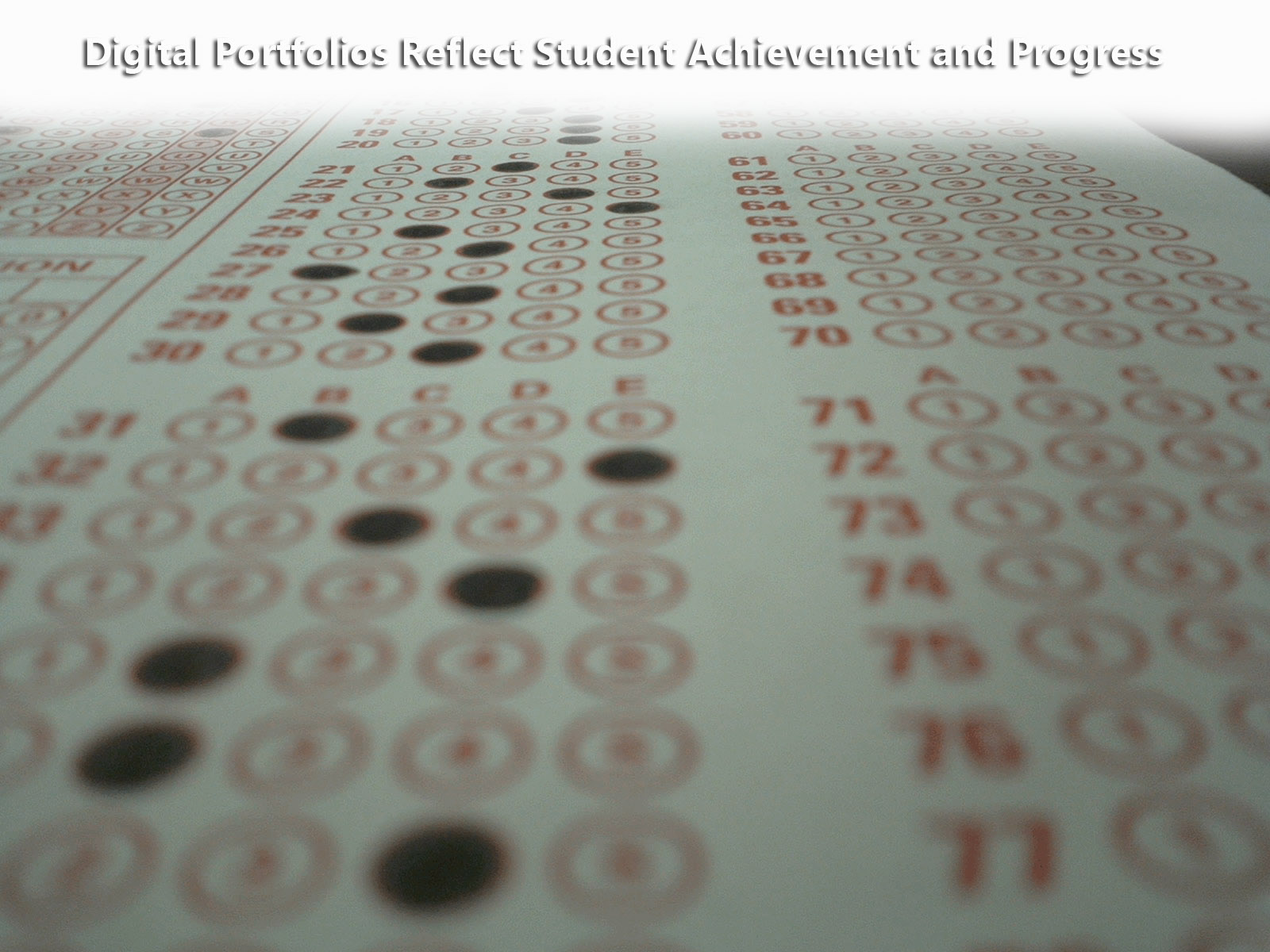Digital Portfolios Reflect Student Achievement and Progress
A student portfolio is a collection of materials or items that is presented for examination or review. A digital version of a student’s portfolio uses various forms of digital media for the same purpose. Keep reading to learn why student portfolios provide educators, parents and onlookers with insight into a child’s academic progress.

What Forms of Digital Data Is Used to Make Up a Digital Portfolio?
There are many different forms of digital data that students can insert into their portfolio collections. Teachers typically require pupils to use digital photos, videos and digitized drawings or animations created with drawing or photo software. Students can take photos of themselves throughout the year. They can snap pictures while in school or when they are attending school related functions.
Many teens and young kids like to make videos and they too are often added into a digital portfolio. Drawings and animations can be …
Digital Portfolios Reflect Student Achievement and Progress Read More
